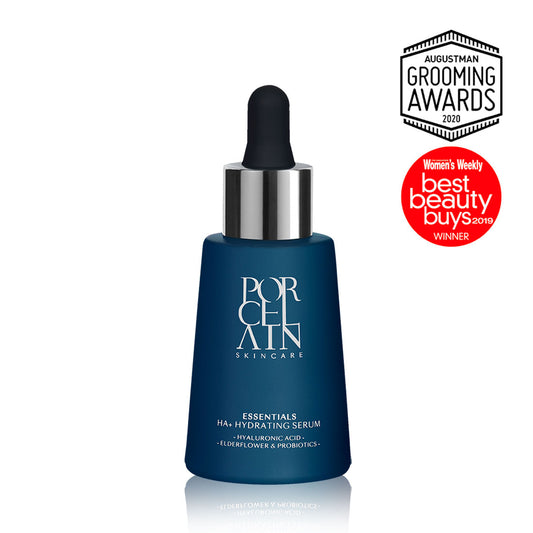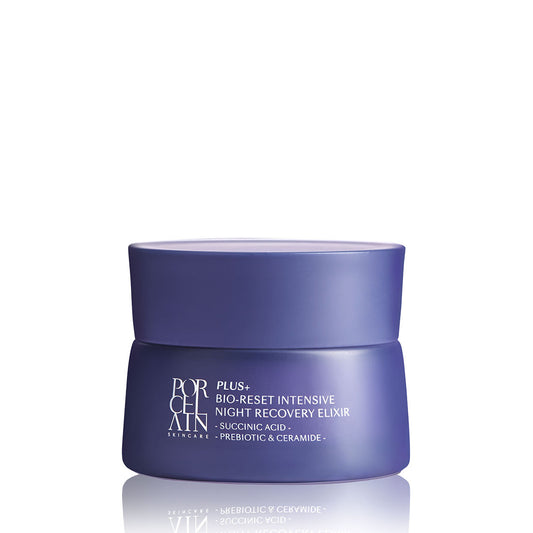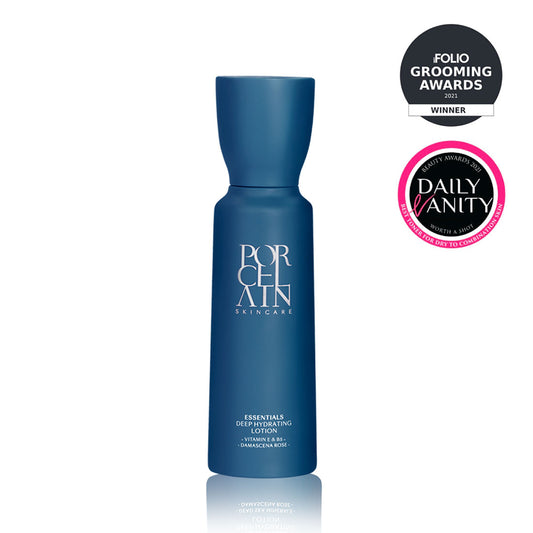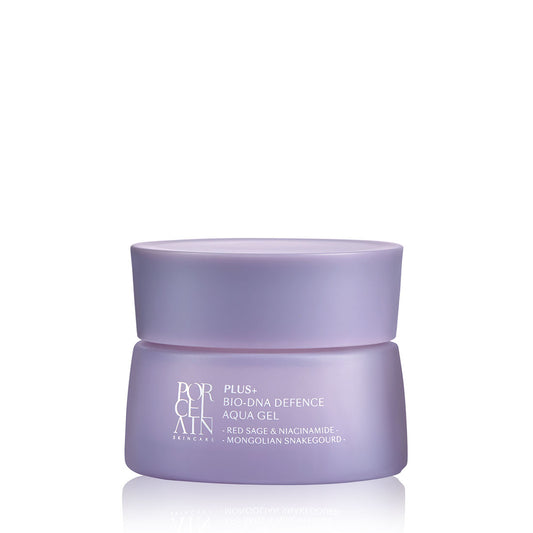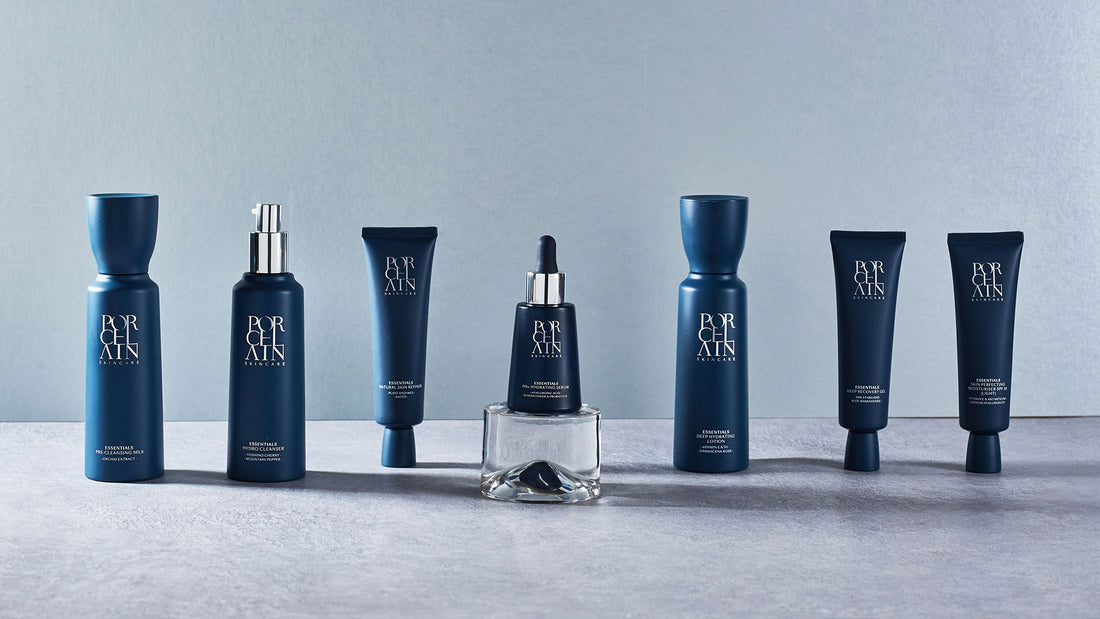If you’re like some of our clients who first walked through our doors, you might have the misunderstanding that hydration begins only when you’re slapping on moisturizer. Not true! Hydration should really be a part of every step of your skincare routine, including the first: pre-cleansing. Layering is a concept that’s been around for a while now, but many articles we’ve come across talk only about layering on moisturizers… which still focuses on the final step of your skincare ritual. And there’s so much more than that! Today, let’s talk about layering hydration the right way.
1. Layering hydration begins from cleansing
Your cleanser (and pre-cleanser) should help remove makeup and impurities while still injecting your skin with moisture. Love the squeaky-clean feel of your skin after cleansing? That’s not what you should be gunning for! Instead, your face should feel soft and supple after the first wash, as the former is a sure sign of skin that has been stripped of moisture. Look for pre-cleansers and cleansers that contain hydrating ingredients for a revitalizing and hydrating wash.
Ingredient Tip-off: Sodium Hyaluronate, coconut extracts, orchid extracts, aloe vera, cucumber.

2. Hydration continues every step after
Dehydrated skin means it’s more prone to build up and any moisture you want to flush your skin with simply won’t get through. Make room for it! Use a gentle exfoliator with natural plant enzymes and aloe extracts to soften dead skin cells while hydrating the skin.
You then follow with your essences, moisturisers, serums and toners… But wait, in which order? There IS a science to follow if you really want to be layering right.

3. The Golden Rule: Layer from lightest to heaviest
This applies to any skincare routine. After you cleanse and exfoliate, you want to work your way through the thinnest products first and build up to the thickest. Products that are less viscous have smaller particles, thus penetrating more easily and deeply into your skin. These mean your toners, essences and serums, followed by your moisturisers. Look for toners that contain hydrating ingredients like natural rose and jojoba oils and that you can use for a quick spritz throughout the day. Find serums that have hydration powerhouses like sodium hyaluronate and aloe vera to quench thirsty skin. Finally, end with moisturizers that also contain hydrating properties and hyaluronic acid to seal all that water within.
Ingredient Tip-off: Sodium Hyaluronate, aloe vera, hyaluronic acid, rose, jojoba

4. A Final Tip: Oils don’t moisturise; they seal
It’s an understandable misconception to think that heavier products are necessary to help dehydrated skin, but it is still a misconception. The truth is, when your skin needs water and you’re giving it oil instead, it’s going to become even more desert-like. Why? Oil keeps water out (or in, if you’d been diligent in your hydrating cleansing regime). Imagine adding heavy cream to a dry sponge – it wouldn’t be absorbed, right? Again, many clients have come to understand that dehydrated skin lacks water – not oil. If you are the kind who suffers from seemingly dry skin yet with overactive sebum glands, it’s a sure sign of dehydration.
A final note…
Layering tops up on moisture every single step so it’s a progressive journey for your skin. Instead of cleansing and toning methods that strip your face down into nothing before dumping a whole lot of moisturiser on again, taking it through a healthier exchange of removing oil while replenishing water helps achieve a balanced skin pH. Moreover, this helps to lock in moisture better!
Have you learnt the art of layering?


